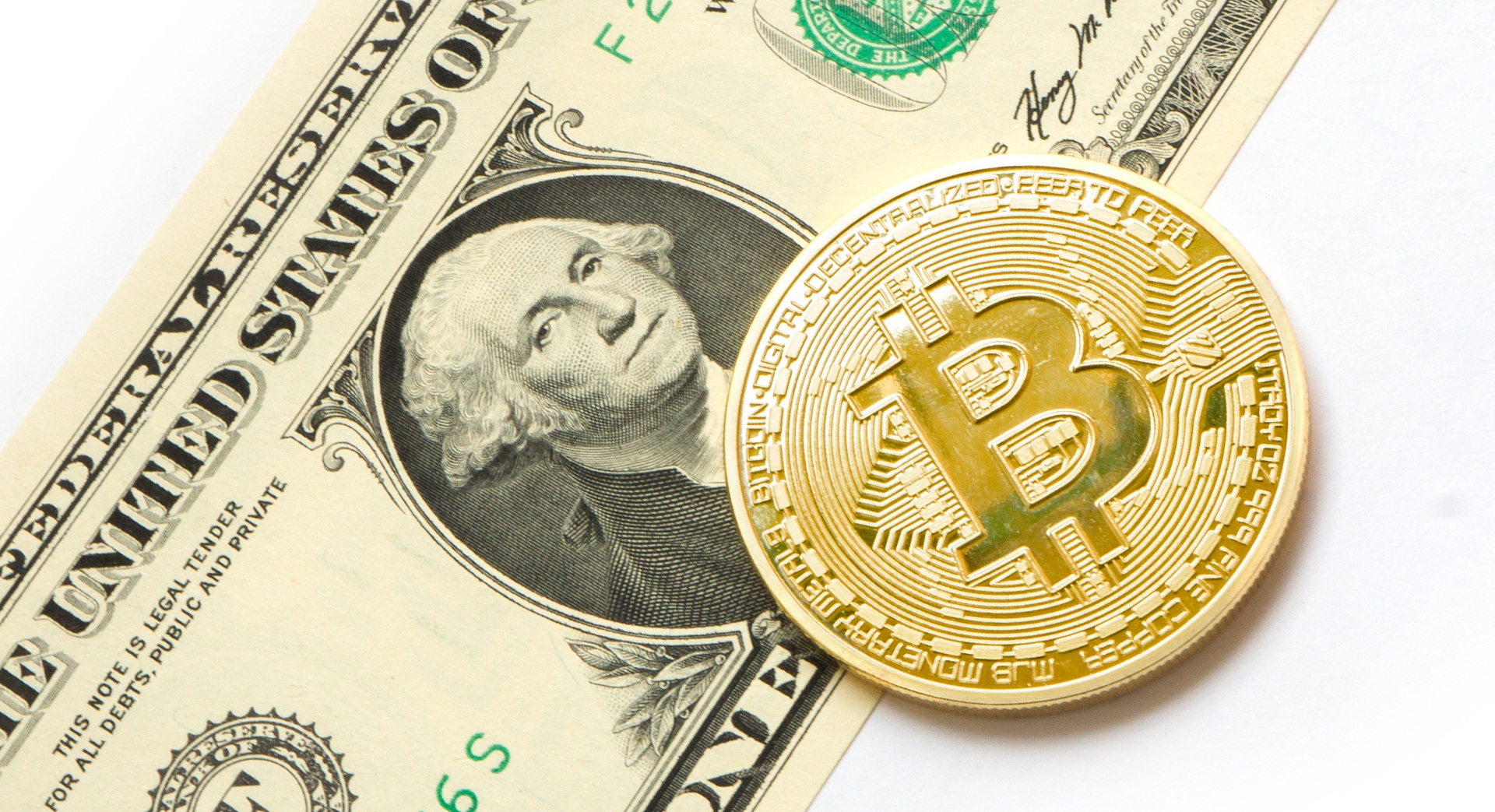Can Blockchain End the Blood Diamond Trade?
March 23, 2018 - 4 minutes read
Earlier this year, diamond-holding company De Beers announced their plans to create a blockchain ledger for tracking diamonds from the moment they’re unearthed to the time when they’re sold. This would be revolutionary for the diamond industry — De Beers is responsible for mining, trading, marketing, and selling over one-third of the world’s diamond supply.
A Promise of More Ethical Practices
While consumers largely still opt to buy diamonds for special occasions, they’re beginning to rethink the whole idea. Between the violence surrounding third-world country diamond miners, cheaper alternatives that are nearly indistinguishable from real diamonds, and the high marked-up prices, De Beers is losing market share to lab-created diamonds and other gemstones.
Customers are demanding that their diamonds are sourced in ethical, non-conflict-prone areas. But nothing can promise this unless tracking diamonds throughout their lifespan becomes easier to implement. De Beers is planning to use blockchain technology for its security and encryption to create a guaranteed safely-harvested diamond industry.
Only those with prior permissions (miners, cutters, wholesalers and retailers) can edit the blockchain data. The company hopes that consumers will reward its openness about where the gems came from by buying more for life’s special occasions.
A Vexing Problem
Child labor and conflict-mined diamonds (called “blood diamonds”) won’t fully be eradicated, but the intention is that those inhumane practices will fall by the wayside as they will no longer be acceptable or profitable. These blood diamonds are used frequently by African militia or rebel groups to control the mines and use them to continue funding violence against innocent civilians.
The European Union enacted a measure called the Kimberley Process in 2000, which aims to reduce blood diamonds by devaluing them. But even with the Kimberley Process, fraud and falsification can occur at any level of a blood diamond supply chain or blockchain; wherever there is an opportunity for human intervention, there is a possibility for dishonesty.
Vikram Pathak is head of investor relations for gem company Fura. He says, “The Kimberley Process has done great things for the space, but its still very open to fraudulent activity and we see this happening all the time – Sierra Leone is a prime example, where there are diamonds being mined illegally and people trying to defraud the system by coming up with fake certificates.”
Crystal-Clear Transparency?
De Beers isn’t the only diamond company enacting blockchain soon, though; Fura is following the diamond giant’s lead in blockchain implementation. The Toronto-based company also specializes in other precious stones alongside diamonds, like emeralds and rubies.
Since blockchain is publicly accessible, the consumer can personally check the history behind their stone. Pathak explains blockchain’s utility for the public: “What that brings to the space is transparency. People can go in and see that if there’s a particular stone where the chain hasn’t acted in quite the right way – maybe there’s a part of the tracking which has been missed – that allows us to question whether the stone is free of conflict, or even if it’s a genuine stone.”
Although both De Beers and Fura are still working the kinks out and fleshing out their plans, this announcement from the two companies is expected to shake up the precious gemstone trade globally. It’s a great challenge for blockchain developers to jump into innovating for other industries and their unique set of challenges. But lofty objectives like this that could possibly end up saving lives are always worth pursuing.
Tags: blockchain, blockchain app developer, blockchain applications, diamond trade, illegal diamond mining, mobile tech, mobile technology, mobiletechnology, news, tech, tech news, technology advancement, Toronto mobile app developer








